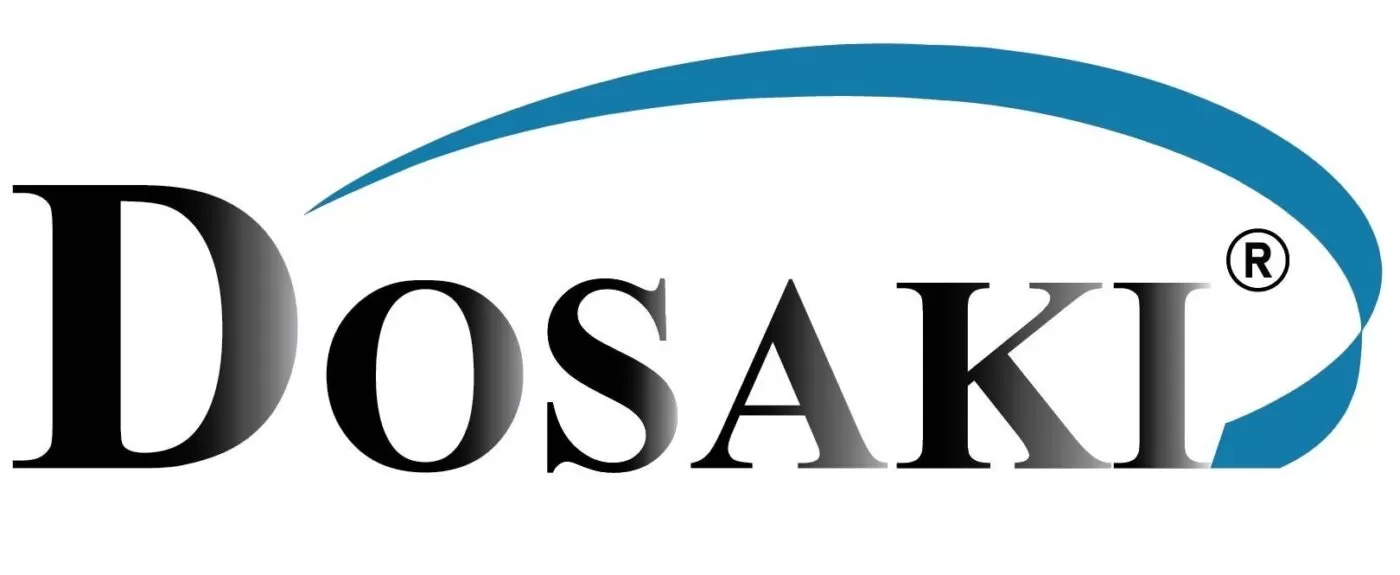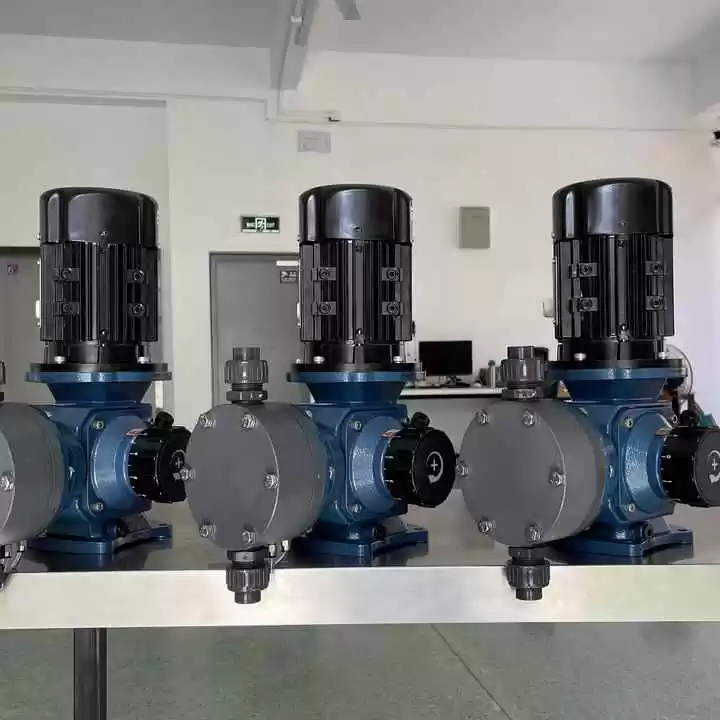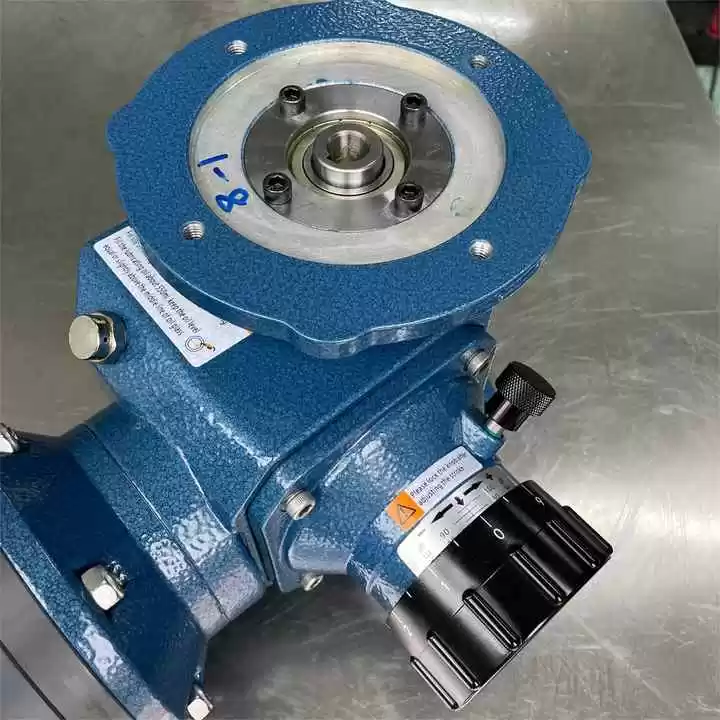Common Issues with Dosaki Metering Pumps and How to Fix Them
Common Metering Pump Issues
1. Oil Leakage in the Pump
Symptoms: The pump head appears dirty due to oil leakage, which can be observed visually during regular inspections.
Causes:
- Seal failure due to debris entering the pump
- Damaged gasket
- Torn pump diaphragm caused by contamination
Solutions:
- Inspect and replace faulty seals, gaskets, and diaphragms as these are critical components affecting pump performance.
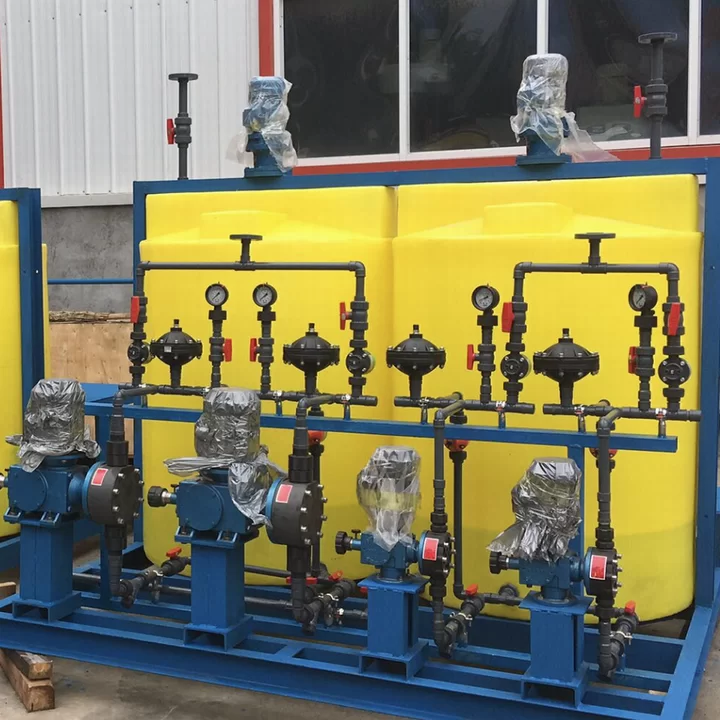
2. Overheating of Pump Body and Motor
Symptoms: The pump body and motor generate excessive heat, which can be felt by touch. This may increase energy consumption and pose a safety risk.
Causes:
- Excessive pump pressure
- Blocked discharge line or stuck valve
- Incorrect electrical wiring or low oil levels
Solutions:
- Inspect and replace damaged components
- Reduce pump pressure if necessary
- Install safety valves
- Check and replenish oil levels
- Ensure correct electrical wiring
3. Low Pressure and Flow Rate / Pump Running but Not Delivering Liquid
Symptoms: The pump runs slowly, wasting time and energy, and may eventually fail to pump any liquid.
Causes:
- Air trapped in the suction line
- Blocked suction valve or pipeline
- Highly viscous or contaminated liquid damaging the diaphragm and valves
Solutions:
- Install a suction strainer to filter out debris
- Ensure proper sealing of the pump to prevent air ingress
- Regularly inspect and clean the suction line and valves
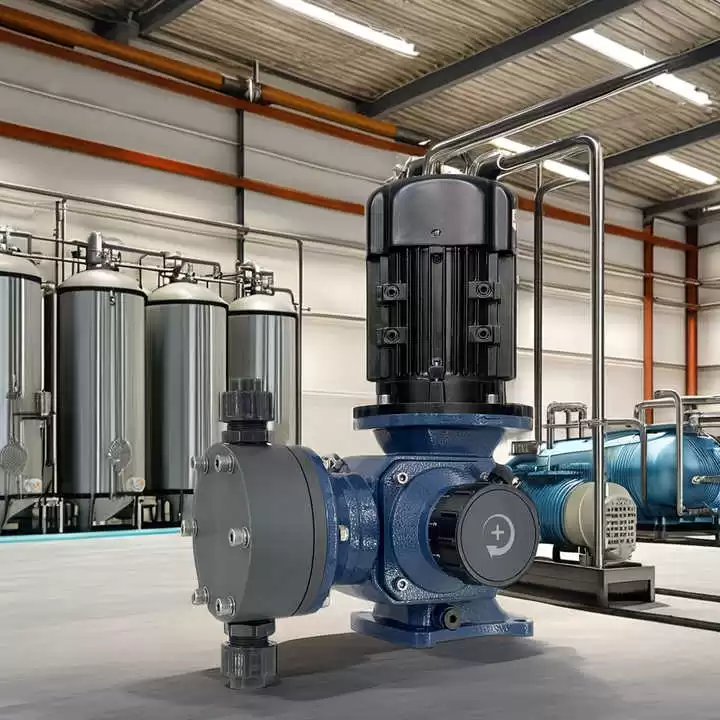
4. Pump Running but No Chemical is Being Delivered
Symptoms: The pump appears operational but does not discharge any chemical, leading to dry running, which may cause severe damage.
Causes:
- Motor running in reverse direction
- Clogged check valves due to debris
- Excessive suction depth
- Highly viscous chemical causing flow restriction
Solutions:
- Verify and correct motor rotation direction
- Clean check valves thoroughly
- Ensure proper suction depth
- Check and adjust chemical viscosity suitability for the pump
5. Excessive Noise and Vibrations
Symptoms: The pump produces loud noises and noticeable vibrations during operation.
Causes:
- Lack of regular maintenance and lubrication
Solutions:
- Regularly inspect and clean the pump
- Perform scheduled oil changes
6. Inaccurate Flow Rate
Symptoms: The actual discharge volume differs from the set flow rate, either exceeding or falling below the desired value.
Causes:
- Wear and tear from prolonged use
- Lack of maintenance and diaphragm/piston replacements
Solutions:
- Conduct regular inspections
- Replace diaphragms and pistons as needed
Precautions When Repairing Metering Pumps
- Always disconnect power before performing repairs to ensure safety.
- Only qualified technicians should conduct maintenance for optimal performance.
- Use proper safety gear and follow standard electrical insulation procedures.
- Clearly label circuit breakers with warning signs during repair work.
Installation Issues and Solutions
1. Excessive Suction Height
Problem: Improper suction height reduces pump efficiency and output flow.
Solution: Install the suction line below the recommended height and keep it as vertical as possible.
2. Air Trapped in the Suction Line
Problem: Trapped air causes unstable operation, leading to cavitation and reduced lifespan.
Solution: Design the suction line with a slight downward slope, ensuring the inlet is positioned at the tank bottom.
3. Syphon Effect
Problem: Liquid continues to flow after the pump stops, leading to unstable pressure and flow rate.
Solution: Properly install check valves to prevent unwanted flow.
4. Excessive Suction Line Pressure
Problem: High suction pressure reduces pump efficiency.
Solution: Install a pressure-reducing valve and position the suction line below the discharge line.
5. Improper Placement of Pulsation Dampener and Backpressure Valve
Problem: Poor alignment leads to vibrations and unstable performance.
Solution: Align the dampener with the discharge port for optimal stability.
6. Incorrect Installation of Safety Valves
Solution: Ensure proper positioning to prevent system failures.
7. Excessively Long Chemical Injection Line
Problem: Long lines create high resistance, reducing flow efficiency.
Solution: Optimize line length for improved performance.
Operating Principle of Metering Pumps
Metering pumps operate by varying the internal chamber volume through a series of suction, discharge, and dosing processes.
- Priming Stage: The pump chamber automatically fills with liquid.
- Suction Stage: The inlet check valve opens, allowing liquid to enter the chamber while the discharge valve remains closed.
- Discharge Stage: The inlet check valve closes, and the discharge valve opens, expelling the liquid.
- Flow Adjustment: Flow rate can be manually or automatically adjusted based on the pump model.
Top Metering Pumps Available Today
1. OBL Chemical Metering Pump (Italy)
- Compact design, easy to transport and install
- Quiet operation with precise dosing capability
- Waterproof and energy-efficient
- Environmentally friendly
2. Blue White Chemical Metering Pump (USA)
- High performance with multiple models available
- Cost-effective yet durable
- Reliable motor and gearbox for smooth operation
- Wide flow rate adjustment range
- Compact and easy to install
3. Prominent Chemical Metering Pump (Germany)
- Advanced microcontroller-based control system
- Short stroke length with solenoid drive
- Diaphragm separation technology for chemical dosing
- Ideal for non-flammable liquids
For further assistance with troubleshooting and repairs, contact us for expert consultation.
